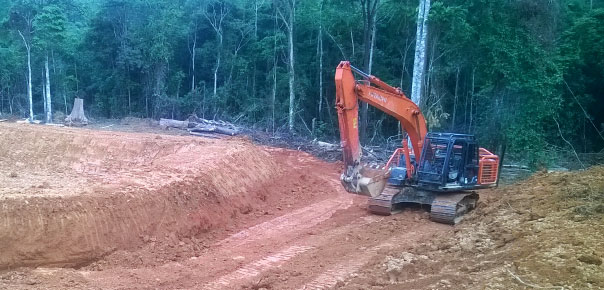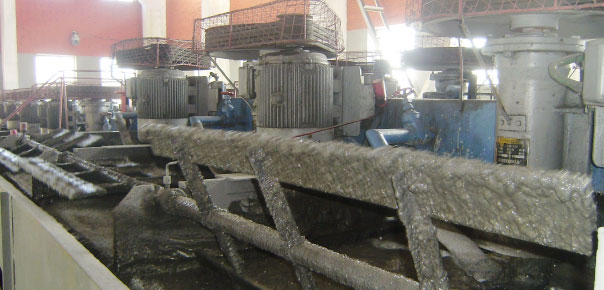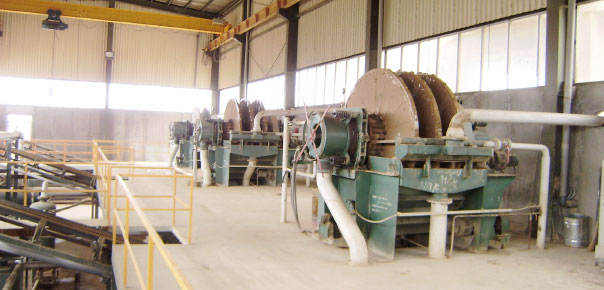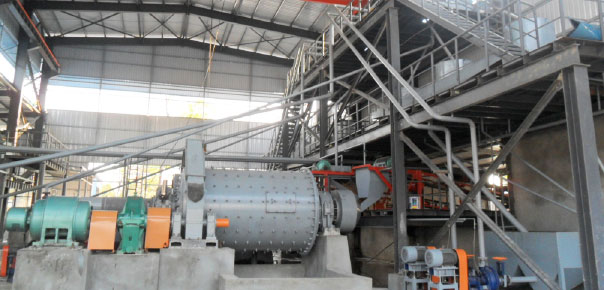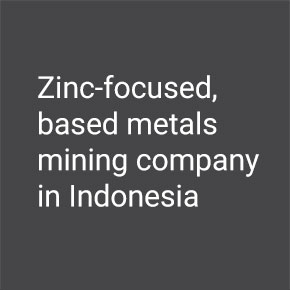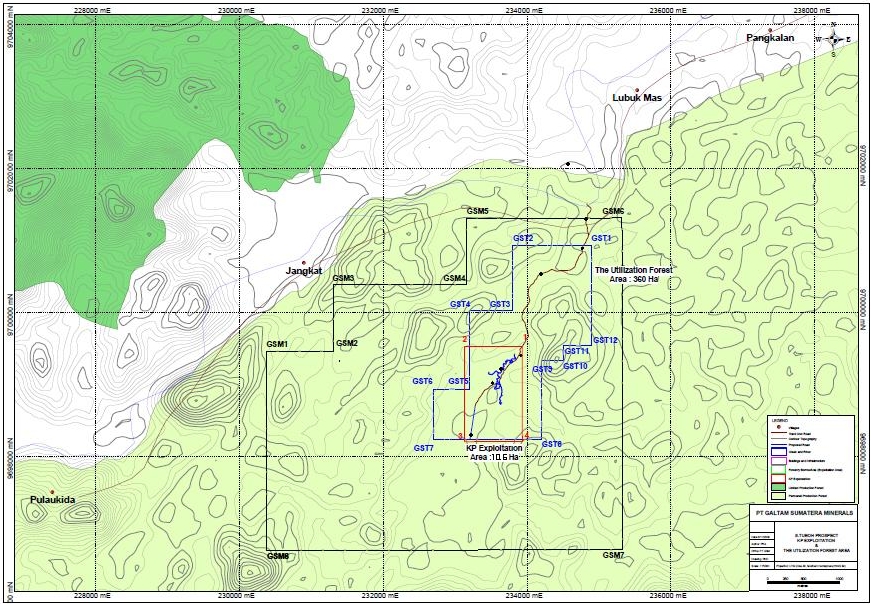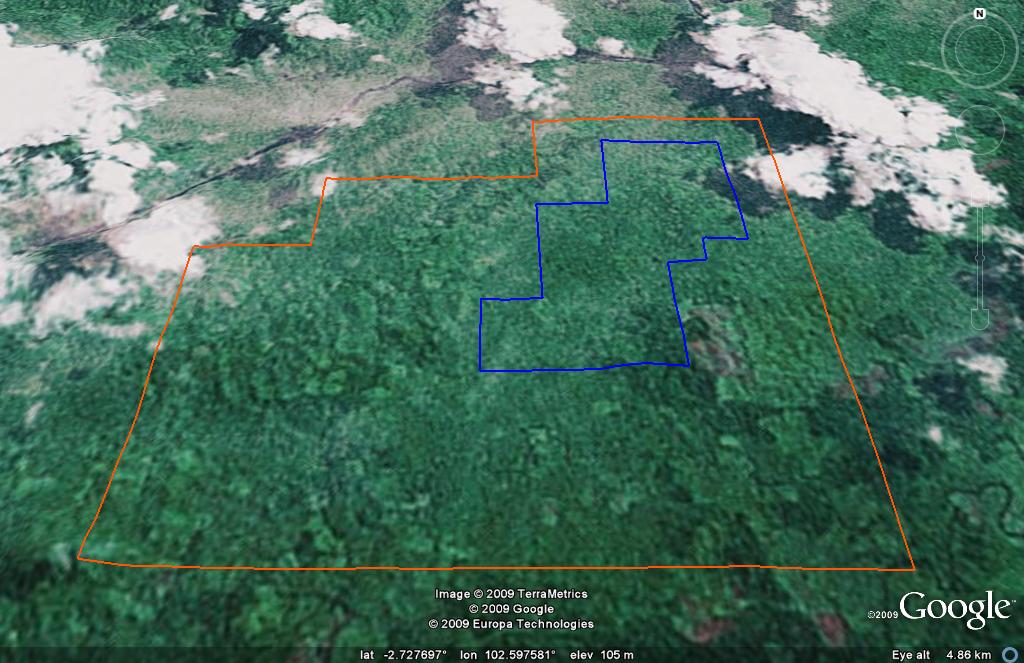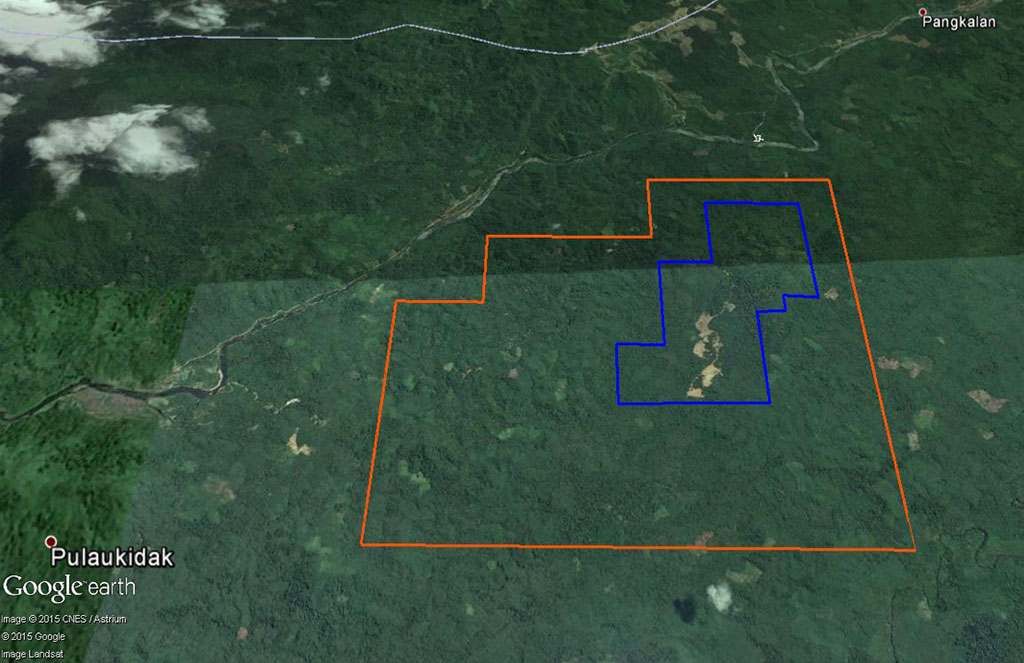Mining in Sumatera
South Sumatera is a mineralized area with a history of mining extractable base metals, including gold, silver, copper, nickel, zinc and lead. The area where the mining concessions are held is named "S Tuboh" and is an important historical mining area. Within the S Tuboh site, silver and gold were mined up to 60 and 100 years ago respectively by Dutch miners.
The S Tuboh base metals project is located in Southern Sumatera approximately 200 km north-northwest of Lubuklinggau. The project site is located on the eastern side of the Bukit Barisan Range. Access to the project site is via air to Lubuklinggau or alternatively by air to either Bengkulu or Palembang or Jambi then by road to Lubuklinggau. From Lubuklinggau it is a two-hour drive to the transit camp which is located on the northern side of Rawas River. The transit camp is located approximately 3.5 km from the main base camp at the project area which is accessed by crossing the Rawas River by boat, then by foot or by motorbike.
Mining and Exploration Concessions
Currently, PT Galtam Sumatera Minerals, our subsidiary in Indonesia, holds the IUP mining concession for 106 hectares in the Province of Musi Rawas, South Sumatera known as S Tuboh. In the surrounding areas encompassing the S Tuboh site, there is an area of 360 hectares, over which PT Galtam Sumatera Minerals has obtained Borrow and Use permit issued by the Ministry of Forestry for a forestry license to undertake mining operations within the production forestry area.
A map showing the concession areas for mining (small areas outlined in red) and forestry usage 360 hectares (outlined in blue) are as depicted below:
History of the Discovery
Initial mapping and exploration of Sumatera was undertaken by the Dutch during the late 19th and early 20th centuries. Mineralisation associated with intrusives at S Tuboh was documented in 1906 (Van Bemmelen, 1949). Reports also refer to 11 excavations, one shaft and eight diamond drillholes completed during 1912 that confirmed Pb, Zn, Ag and minor Au mineralisation associated with steeply dipping southwest-northeast aligned felsic intrusives. Small scale old Dutch workings are still evident in the area. It is believed that the Dutch focused on extracting gold rather than base metals.
The next significant period of exploration was undertaken by Japanese International Cooperation Agency ("JICA") in the period 1986 to 1988. The initial phase of exploration involved detailed surface mapping and stream sediment sampling. This was following up by two phases of drilling in which a total of 23 diamond drillholes were drilled. The focus of the JICA exploration program was to assess the potential to delimit an economic silver resource. JICA concluded that the economic potential of the mineralisation within the eight lenses identified was marginal.
Mineralization
Mineralisation at S Tuboh is structurally controlled and occurs at the contact between the dykes and limestone within zones of skarn alteration hosted within marble. Mineralisation comprises pyrite, chalcopyrite, galena, sphalerite, silver and gold.
Lithologies
There are veins and massive sulphide in Jurassic limestone-tuffs-sandstone formation intruded by Tertiary granite rocks.
Alteration
There are Skarnization and metamorphism effect covering marbleized limestone, silicified green tuff, quartz tic rocks.
